But what really sets nasturtium apart is its use in recipes sweet and savoury. Whether it's adding a pop of colour to a salad or dessert or adding a unique flavour to a cake, nasturtiums bring a nice twist to the world of edible gardening.
Planting Requirements for Nasturtium

One common question that most gardeners have about growing nasturtium is the uncertainty about growing them in containers since nasturtiums like a lot of space to spread on the ground.
To answer this question, yes nasturtium can be grown in containers located in sunny locations. For optimal growth, pick a container that is at least 15 to 20 inches wide and has drainage holes in the bottom to avoid wetting the roots for prolonged periods and causing root-borne diseases. This also allows for a good plant-to-plant distance thereby resulting in better growth for the plants.
Ideal Growing Conditions for Nasturtium Seeds

Now let’s look at some of the essentials for growing thriving nasturtium plants.
1. Sowing Season:
The nasturtium plant is a warm-season annual that thrives in warm temperatures ranging from 20 to 24°C. Hence, it is best to sow the seeds after the danger of cold nights has passed and the soil has warmed up, i.e. in late spring or early summer all across the regions. It’s also advisable to check on your local season conditions before planting.
2. Planting Depth:
When sowing nasturtium seeds, it is best to plant them approximately ¼ inch deep into the soil. Avoid burying the seeds too deeply, as they require light to germinate successfully. Also, do not cover them with very compact soil on the top as the seeds might find it difficult to germinate through that.
3. Soil Type:
Nasturtium plants are known for their versatility and can grow well in a range of soil types including clay soil mixed with compost. However, it’s ideal to plant them in well-draining soil with a pH between 6.0 and 7.5. Adding organic matter, such as vermicompost can enhance soil fertility and drainage.
4. Plant Spacing:
To provide enough room for their sprawling growth habit, space nasturtium plants approximately 10 to 12 inches (25 to 30 cm) apart. This spacing allows for optimal air circulation and reduces the risk of fungal diseases.
5. Sunlight:
Nasturtium plants thrive in full sun but can tolerate partial shade. However, they tend to produce fewer flowers and have a more compact growth habit when grown in locations with shade.
6. Watering:
While nasturtiums are relatively drought-tolerant, consistent watering is crucial during their establishment phase. Provide them with about 1 inch of water per week, ensuring the soil remains evenly moist but not waterlogged.
Check out this blog about the overwatering mistakes that might be killing your flowers.
Caring for Nasturtium

To ensure your nasturtiums flourish and provide a bountiful harvest, it’s important to consider the following care tips:
1. Pest & Diseases:
Nasturtium plants are generally resilient to most pests and diseases. However, aphids and caterpillars may occasionally attack them. Monitor your plants regularly and employ organic pest control methods, such as handpicking or using organic neem oil spray, if necessary. Proper air circulation and maintaining a clean garden bed can also help prevent diseases.
2. Fertilizing and Mulching:
Nasturtium plants are very low-maintenance and do not require any special fertilization while growing. However, incorporating organic matter such as compost into the soil before planting can provide the necessary nutrients. Avoid excessive nitrogen-rich fertilisers, since they promote excessive foliage growth at the expense of flower production. Applying a thin layer of organic mulch around the plants can help conserve moisture and suppress weed growth.
Harvesting Nasturtium Flowers & Leaves

One of the most enjoyable aspects of growing nasturtiums is harvesting bright flowers and leaves for cooking. Follow these guidelines when harvesting:
1. Timing:
Wait until the flowers have fully opened before harvesting. This is the time when the nasturtium petals are at their most flavoursome. Make sure that the flowers and foliage are free of any blemishes or signs of decay while harvesting.
2. Technique:
Gently pluck the flowers from the stem, ensuring you remove the entire blossom. Nasturtium flowers can be stored in the refrigerator for 3-4 days in damp paper towels, but they are best enjoyed when used immediately after harvest for optimal freshness and flavour.
Similarly, the leaves of nasturtium can be harvested with a sharp pair of scissors.
3. Culinary Uses:
Nasturtium flowers add a delightful burst of colour and flavour to various recipes. Their mild peppery and slightly sweet taste complements both savoury and sweet dishes. Use nasturtium flowers and leaves in abundance for summer salads or as a garnish on soups, sandwiches, or even as a unique ingredient in desserts. Additionally, the flowers can be stuffed with cream cheese or blended into flavoured vinegar and oils.
Also, read more about flowers with medicinal properties you did not know of.
Conclusion

Adding nasturtium plants to your garden not only allows for vibrant beauty but also opens up a world of culinary exploration. These edible flowers and foliage bring a unique and delightful twist to salads, desserts, and various other dishes, infusing them with colour and flavour. By understanding their planting requirements, providing proper care, and harvesting them at the right time, you can enjoy the full bounty of these versatile and edible garden delights. So, when are you starting your nasturtium seeds?


 Sign In
Sign In



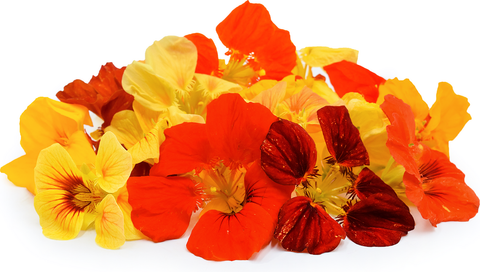
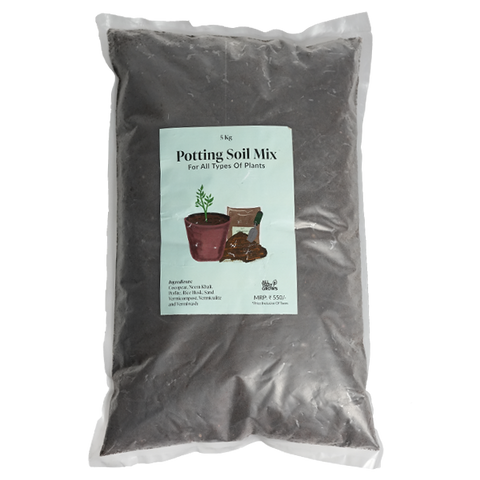
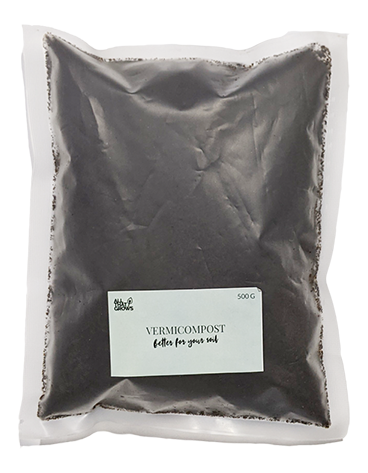
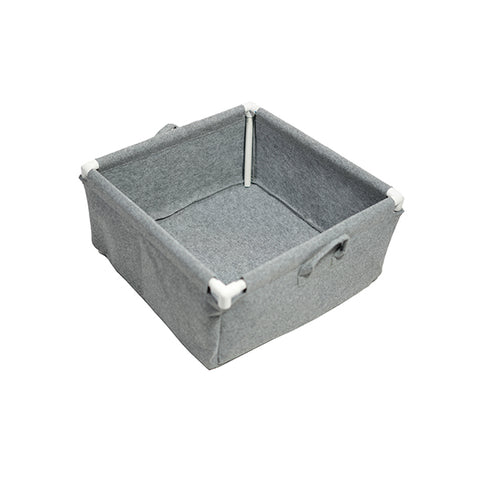

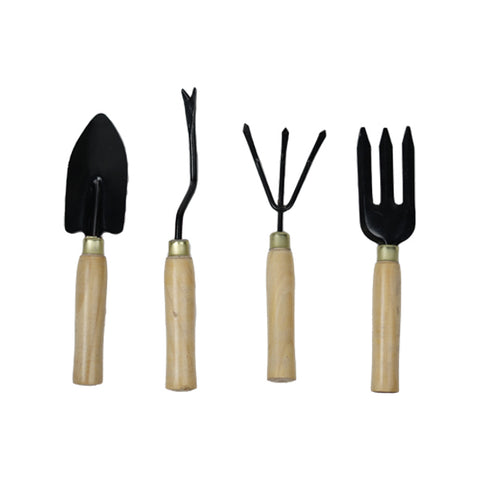






Let us know your feedback
* Comments must be approved before being displayed.